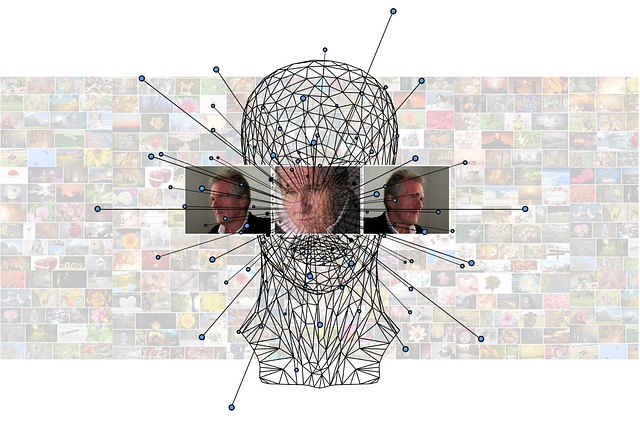
Exploring the Future of Interaction: Embracing Risk-Based AI in Robotics and Business Automation
The landscape of technology is evolving at a breakneck pace, with risk-based AI emerging as a bold frontrunner in the fields of robotics and business automation. As we step into an era characterized by intricate human-robot interactions, understanding how we can embrace this thrilling prospect becomes paramount.
Robotics has undergone a revolutionary transformation, moving from simple mechanical devices to complex entities capable of learning and adapting. Today’s robots are not just programmed to perform tasks; they are designed to assess risks and make decisions that can significantly enhance their effectiveness in various environments. Imagine a manufacturing floor where robots can evaluate the potential risks of an operation in real-time, preventing accidents before they happen and optimizing productivity. This shift toward risk-based AI enables a more intuitive interaction between humans and machines, where robots can act as collaborators rather than just tools.
Artificial intelligence is the backbone of this transformation, integrating sophisticated algorithms that allow machines to process vast amounts of data and make informed choices. By embracing risk-based AI, businesses can create systems that prioritize safety while maximizing operational efficiency. This means not just reacting to risks but anticipating them, moving toward a proactive model of interaction that is undeniably powerful. AI can help employees understand the potential hazards in their workspaces and suggest changes before any incident occurs, fundamentally reshaping the workforce for the better.
Automation in business is another arena where risk-based AI is poised to make a significant impact. Companies are increasingly relying on automated systems for everything, from supply chain management to customer service. By integrating risk assessment models into these systems, businesses can better navigate uncertainties and mitigate potential losses. Think about a customer service chatbot that can assess the emotional state of a user based on their queries and interactions. This AI would not only provide answers but could also adjust its approach based on the perceived risk of customer dissatisfaction, enhancing the overall user experience.
The future of interaction in robotics, AI, and business automation is not without challenges. While the benefits of risk-based AI are apparent, organizations must also grapple with ethical concerns and the potential for bias in automated decision-making. Striking the right balance will be vital to cultivating trust among users and shifting perceptions toward a cooperative relationship between humans and machines.
As we embrace this new frontier, one thing is clear: the integration of risk-based AI will redefine how we view efficiency, safety, and interaction in the realms of robotics and automation. With every step forward, we are indeed shaping a future where humans and machines can coexist harmoniously, enhancing our capabilities and fostering innovation. The question remains: are we ready to embrace the risks and rewards that come with this transformative journey?



